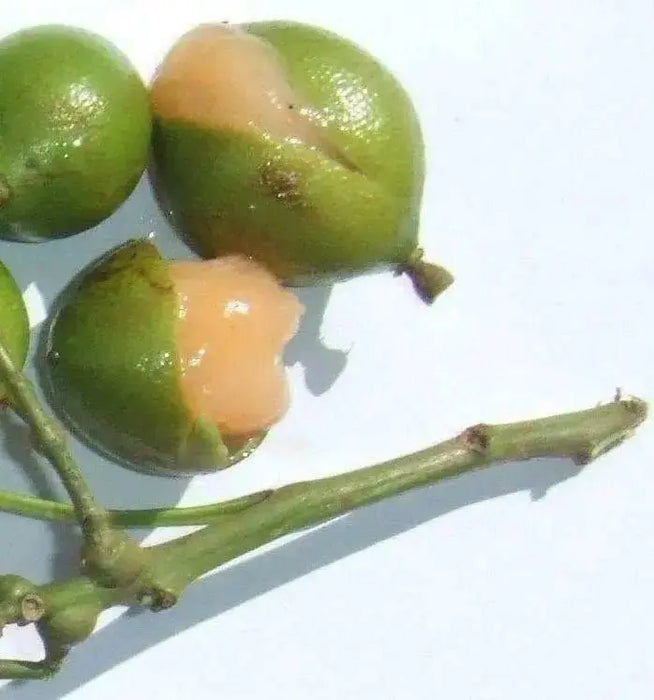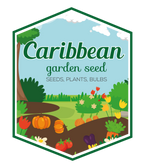
Spanish lime, fruit seed, jamaican guinep
FAST & FREE SHIPPING
Over 90% of our orders are processed and ship out by next business day.
We are currently processing and shipping most orders within 1-3 business days. (backorders not included) Due to high demand during the peak months of January to May, orders may require additional time for packaging /shipment.
Free shipping for orders over $54.95. Excludes live plants, fresh products And Stackable Black Plastic Nursery Crate
Shipping and handling charges will cover outbound freight and packaging materials. Fees are applicable to all orders, based on total order value pre-tax. Expedited services can be selected at Checkout with extra fees.
- Free shipping to lower 48 states on orders $54.95+
- (Most Items), excluding live plants, plant bulbs, and black plastic nursery crate.
- Safe Seed Pledge
- Satisfaction Guaranteed
- Select your desired size and/or color from the available options.
Due to increased packing volume, expect a delay in order shipment.
Guinep,melicoccus bijugatus, grow indoor or outdoor
-
Formally known as melicoccus bijugatus, it could be that I chose these specifically for the name. I mean, c’mon. MELICOCCUS BIJUGATUS. Tell me that you won’t be snickering as you repeat that phrase all day. Common to the tropics, apparently these fruit come from a branch of the “soapberry” tree, which sounds, if possible, even less appetizing than melicoccus. There are many other names for guinep, including:
also known as: - Spanish lime
- Honeyberry
- Chennette
- Genip(e), Gunip, Guinep, Canep, Chenep, Kenip
- Mamoncillo
- Mapo
- Akee (which is very inaccurate if you’re used to West Indian ackee and saltfish)
- Skinip
- Tjennét
- Limoncillo; and my favorite….
- Quenepa
Growing Info:
Scarification: Soak in water, let stand in water for 24 hours.
Stratification: none required.
Germination: sow seed 3/8" deep, tamp the soil, mulch the seed bed.
Other: Germination tends to be slow, Germinates faster in warmer temperatures.
2 Prepare a seed tray with a layer of starting soil. The soil should be moist but not saturated and there should be no standing water present in the tray.
3 Spread the seeds out over the tray, pressing them lightly into the moistened soil. The seeds should be approximately two inches apart to allow them room to spread out once they begin developing roots and shoots.
4 Cover the seeds with a thin layer of compost, mulch or horticultural sand. Spray the contents of the tray lightly with warm water to dampen the seed covering. As with the initial moistening of the soil, you only want to dampen the covering and not saturate it.
5 Place the seed tray in an area where it will receive up to eight hours of sunlight per day and will maintain a temperature of about 70 degrees Fahrenheit.
6 Moisten the seed tray as needed. You want the soil and the seed covering to remain moist, though being slightly on the dry side will not harm the seeds. It is better for the seeds to germinate in an environment that is only slightly moist than one that is saturated since the latter condition encourages rotting.
7 Check the progress of the seeds weekly. It may take as few as 10 days or as long as six months for the bay laurel seeds to begin germinating. If you notice any seeds that have begun to rot, remove them from the tray.
8 Transplant germinated seeds to pots or to a prepared location outdoors once leaves begin to appear.
HOW TO GROW GUIDE
LET OUR CUSTOMER SPEAK FOR US

![[Seeds] - Caribbeangardenseed](http://caribbeangardenseed.com/cdn/shop/files/gift-card-gift-card-1_1024x1024_dfa857db-9150-4315-a362-7f0bb3fb9c47_60x28.png?v=1722895789)







